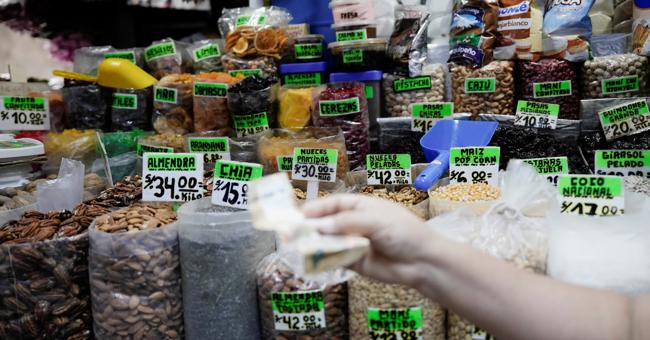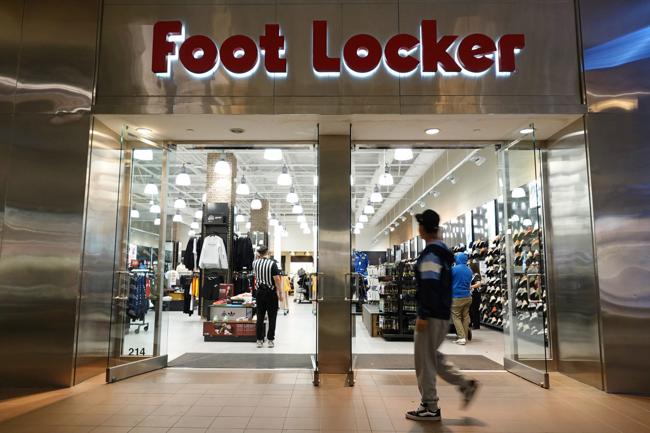Summary
A consumer survey has revealed dangerous behaviors such as sniffing food to see if it is safe to consume and eating products after their shelf life has
Source: Food Safety News

AI News Q&A (Free Content)
Q1: What are some common risky consumer behaviors identified in recent food safety surveys?
A1: Recent food safety surveys have identified risky consumer behaviors such as sniffing food to determine its safety, eating products past their shelf life, and washing raw poultry, which can spread harmful bacteria. These behaviors increase the risk of foodborne illnesses. According to a survey by the Food Standards Agency, about 4 in 10 people occasionally wash raw chicken, despite recommendations against it.
Q2: How do consumer risk perceptions influence food safety behaviors?
A2: Consumer risk perceptions significantly influence food safety behaviors. A study found that people who are more worried about food-related risks tend to sanitize their purchases and reduce online shopping to minimize potential exposure to pathogens. This shows that heightened risk awareness can lead to more cautious food handling practices.
Q3: What changes in food safety behaviors were observed during the COVID-19 pandemic?
A3: During the COVID-19 pandemic, there was a notable shift in food safety behaviors. Many consumers became more cautious, sanitizing their purchases and reducing the frequency of online shopping and home deliveries. These changes were driven by increased risk perceptions related to the spread of the virus through contact with surfaces.
Q4: What are the potential health impacts of not following safe food handling practices?
A4: Not following safe food handling practices can lead to foodborne illnesses, which are caused by consuming contaminated food. These illnesses can result in symptoms ranging from mild gastrointestinal discomfort to severe conditions and even death. Globally, foodborne diseases account for approximately 420,000 deaths annually, highlighting the importance of proper food safety measures.
Q5: What role does consumer education play in improving food safety behaviors?
A5: Consumer education plays a crucial role in improving food safety behaviors. Educating consumers about the risks associated with improper food handling and the benefits of following safe practices can reduce the incidence of foodborne illnesses. Initiatives by organizations like the FDA and USDA aim to raise awareness and promote best practices in food safety.
Q6: How do economic factors influence consumer food safety decisions?
A6: Economic factors can significantly influence consumer food safety decisions. Financial constraints may lead some consumers to engage in riskier behaviors, such as eating food past its use-by date or keeping leftovers for longer periods. Surveys have shown that about 1 in 5 people reported an increase in risky food safety behaviors due to financial reasons.
Q7: What are the recommended practices to ensure food safety at home?
A7: To ensure food safety at home, it is recommended to wash hands before and after handling food, avoid washing raw poultry to prevent the spread of bacteria, and store food at appropriate temperatures. It is also important to follow expiration dates and use proper cooking techniques to kill potential pathogens.





